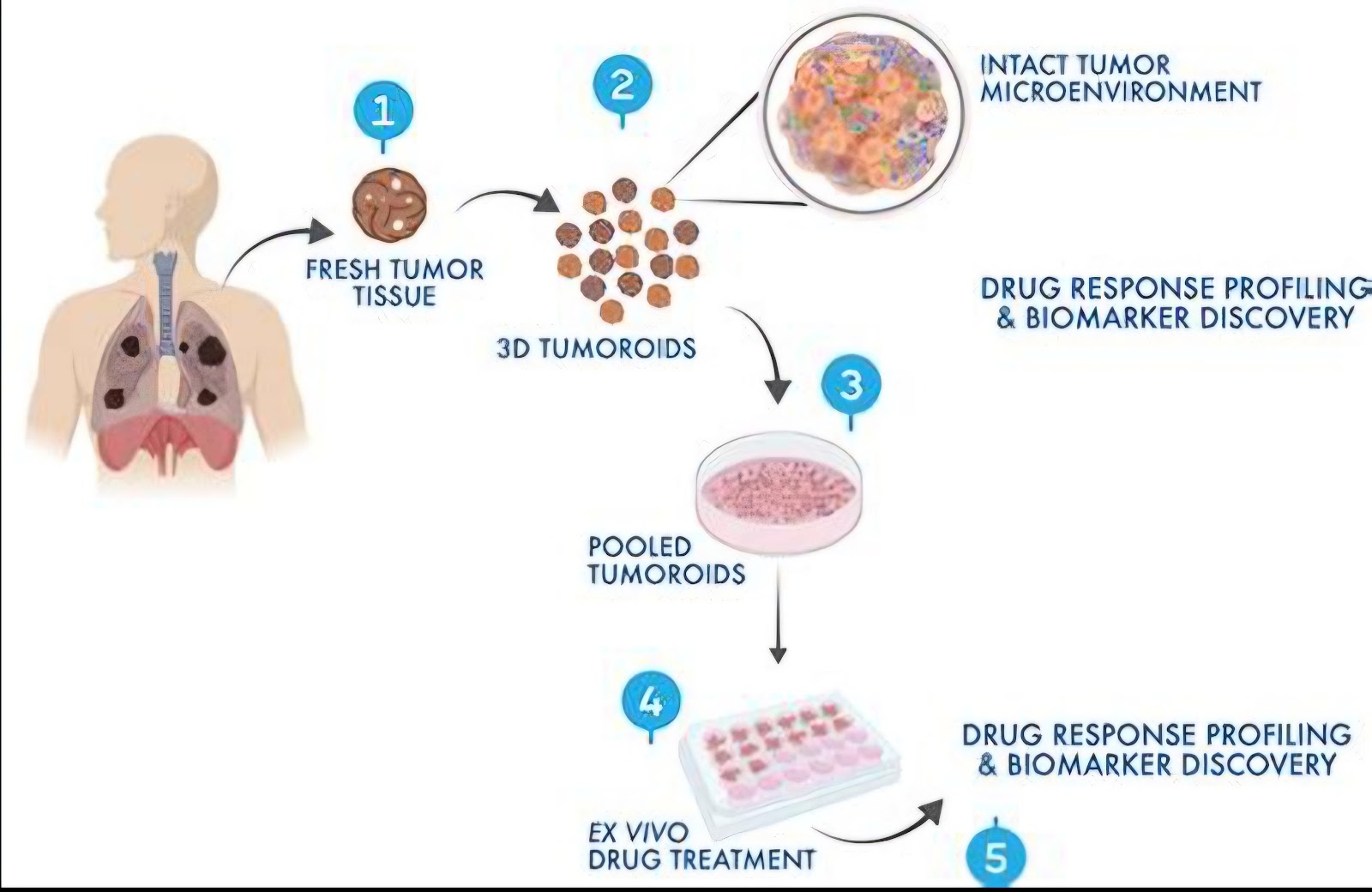🌱 Mosaicism and Chimerism: The Hidden Twinning Within
Most of us think that twins are only those who are born together and look alike. But what if I told you — some twins live inside the same person? This is not science fiction. It is real biology. And it is called mosaicism and chimerism — two strange and fascinating conditions that happen naturally in some people. These are like “invisible twins” hidden in one body! 🧬 What is Mosaicism? Mosaicism happens when a person has two or more types of cells in their body, but all coming from the same fertilised egg. Normally, one fertilised egg grows into one person with one type of DNA in every cell. But sometimes, a mutation happens during early development, and some cells change. So the person becomes a mosaic — like a rangoli made of different colours. 📍 Example: One part of the skin may look different from the other. Some people may have different eye colours or patches of lighter skin. 🧬 What is Chimerism? Chimerism is even more fascinating — and rare. It happens when two separate ferti...


